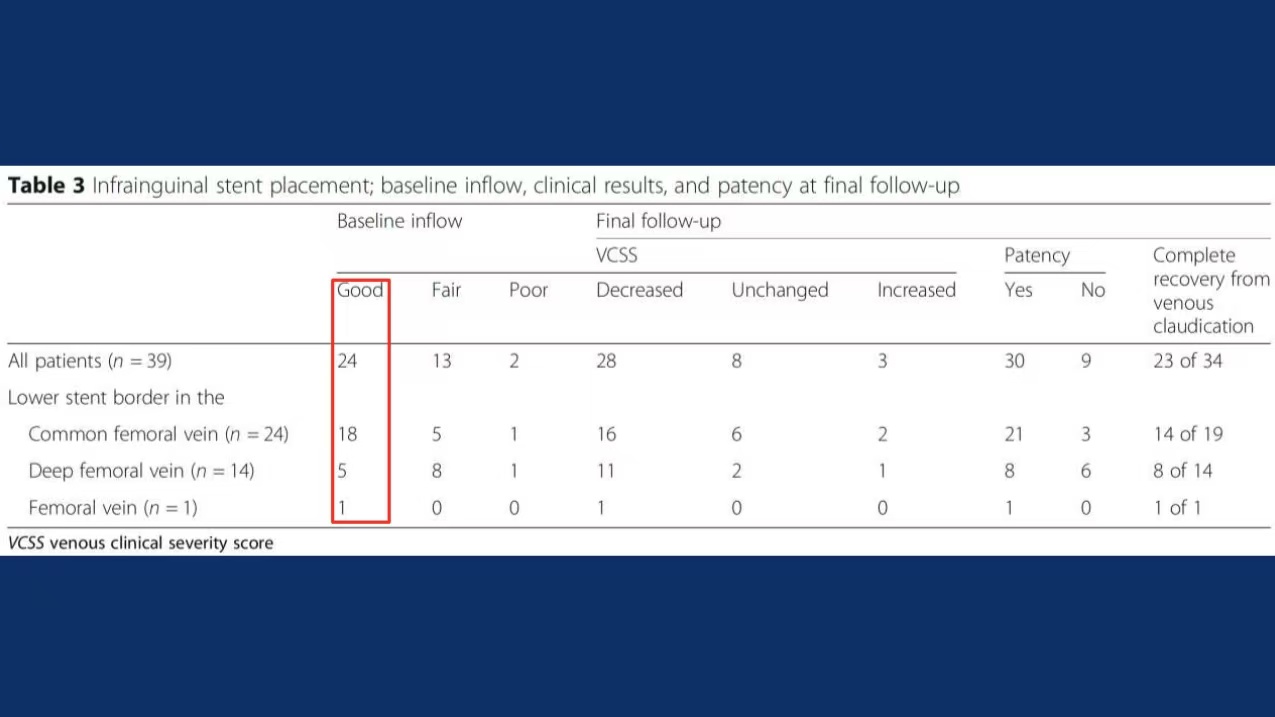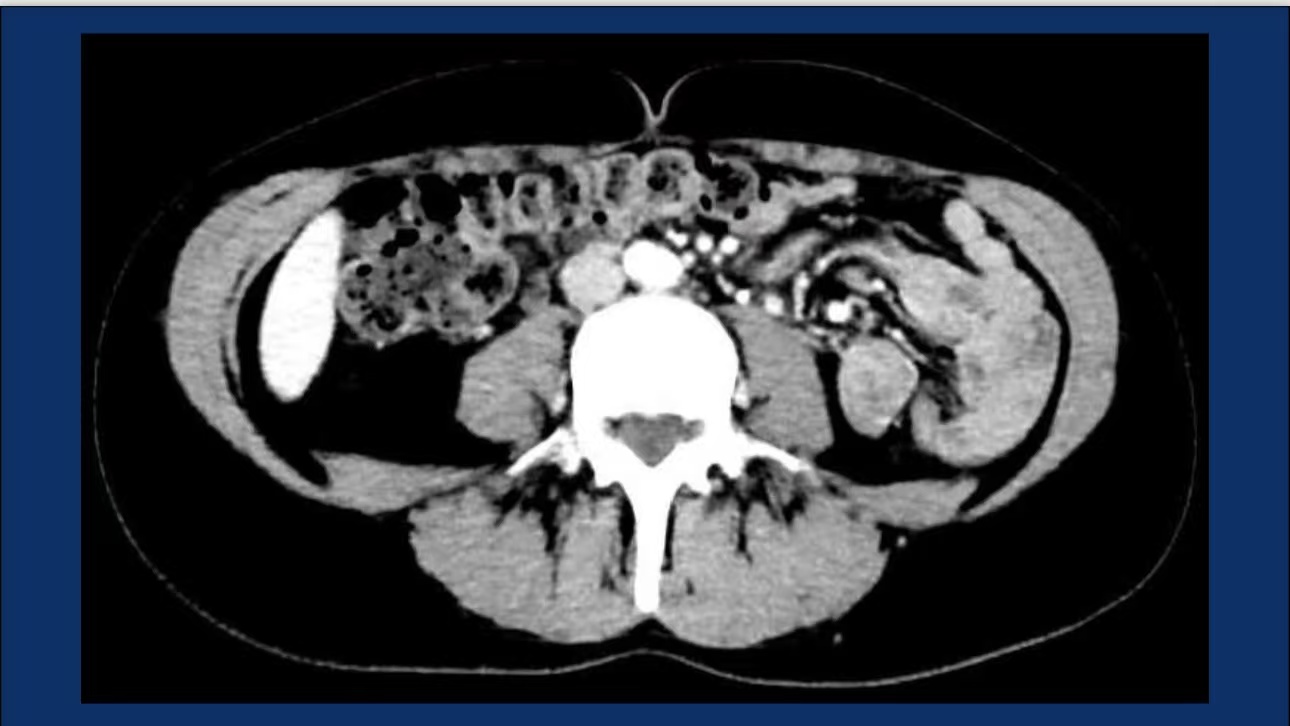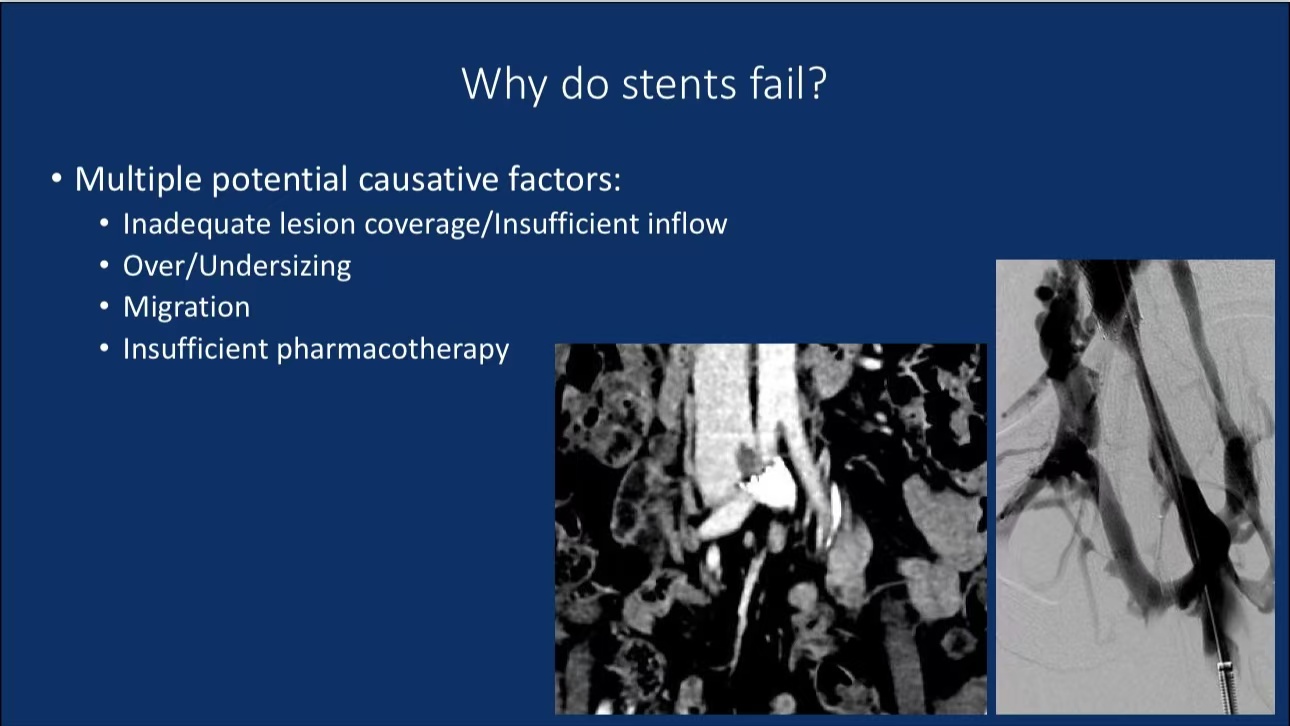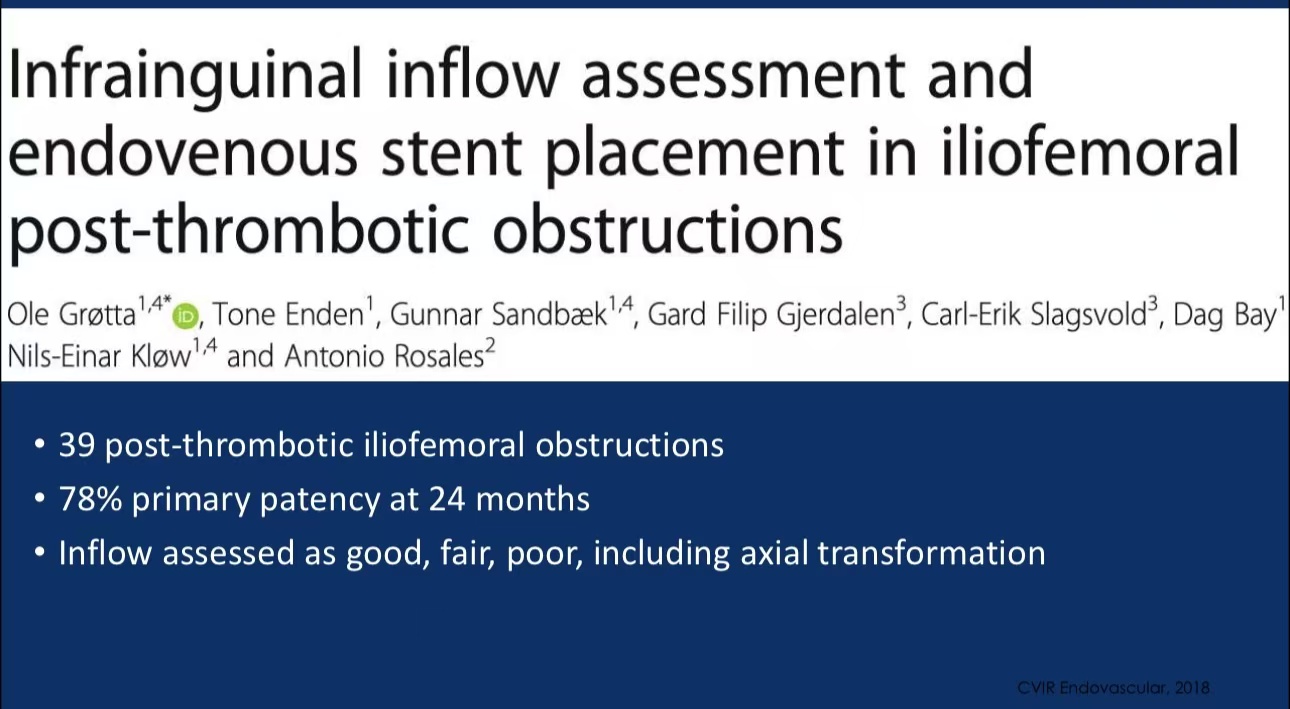Author: Dr. Kush R. Desai
Institution: Northwestern University, Chicago, USA
Summary
This paper explores various causes of venous stent failure and corresponding management and prevention strategies. Through a meta-analysis of 37 studies, it summarizes the factors affecting stent patency and provides insights on how appropriate drug therapy, accurate stent selection, and comprehensive lesion coverage can prevent stent failure. The study shows that improper stent sizing, inadequate blood flow, and insufficient drug therapy are the leading causes of stent failure.
Introduction
The long-term durability of venous stents is a critical issue in venous treatment. Unlike arterial patients, venous stents need to maintain patency for several decades. Studies show an initial patency rate of 79% at one year post-surgery, but the projected five-year patency rate is only 60%. Preventing stent failure, particularly addressing inflow problems and stent sizing, is the central focus of this paper.
Causes of Venous Stent Failure
•Incomplete Lesion Coverage: Inadequate coverage of the lesion, especially in compression sites, leads to a significant drop in patency rates. IVUS and venography play an essential role in confirming stent placement and coverage.

•Incorrect Stent Sizing: Stent failure often occurs when the stent is too large or too small. Studies from 1994-2020 show that 83% of stent migrations occurred in stents shorter than 60mm.

•Inadequate Drug Therapy: Antithrombotic treatment is critical for venous stent success, particularly in patients with acute or post-surgical thrombosis. Lack of proper drug therapy is one of the most common causes of stent failure. Low-molecular-weight heparin (LMWH) is recommended for early postoperative anti-thrombotic and anti-inflammatory therapy.

Managing Inflow Issues
•Limitations of Subjective Assessments: Current evaluations of inflow problems rely mainly on subjective clinical judgment, lacking clear objective criteria. Future evaluation should focus on how inflow interventions impact long-term stent patency.

•Intervention Strategies for Poor Inflow: Strategies for improving inflow include stent placement, endarterectomy, and reconstruction of the femoral and superficial femoral veins.

Conclusion
The key to preventing venous stent failure lies in comprehensive lesion coverage, appropriate stent sizing, and adequate drug therapy. IVUS and venography should routinely be used to confirm correct stent placement and coverage. LMWH is recommended in the early postoperative period for anti-thrombotic and anti-inflammatory treatment. Future research should focus on establishing better inflow assessment criteria and studying the long-term effects of drug therapy on stent success.

Contact Us
For submissions, please contact us at: endovascluar@simtomax.cn
Thank you for your attention, and let’s continue to safeguard health together!
•More international information available at: www.vascularknight.com
•Facebook: Vasco Knight
•Instagram: knight_vasco


